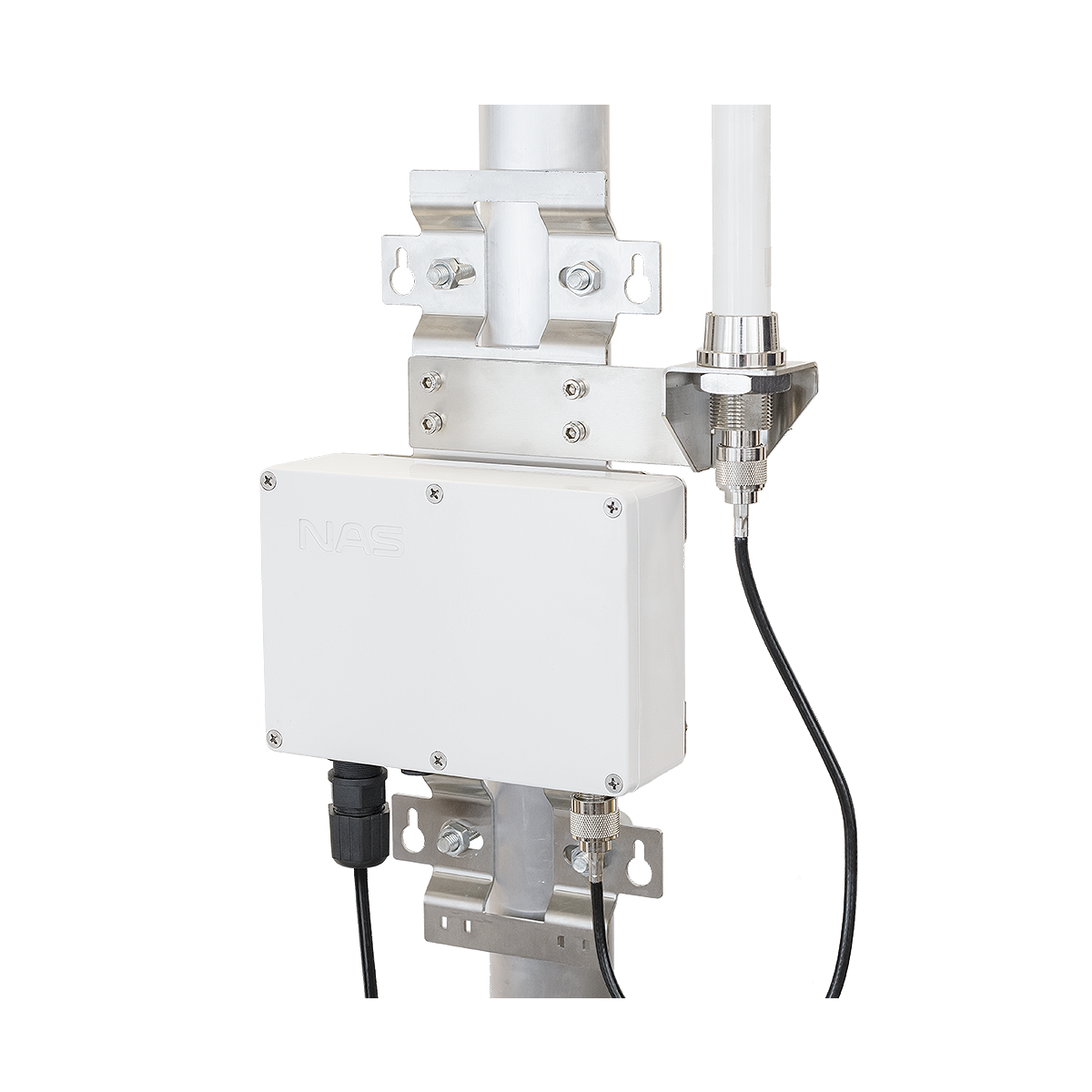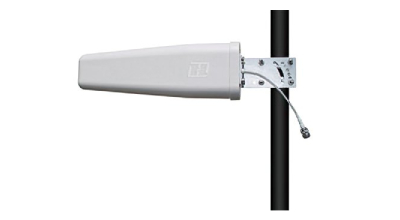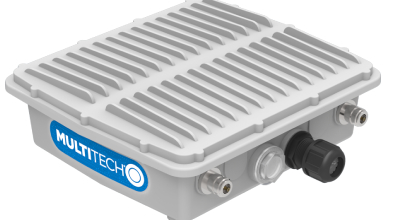
Class B LoRaWAN® End Devices Features and Functionality
The Internet of Things (IoT) has revolutionized the way we interact with and control devices, allowing for enhanced communication and connectivity between objects, people, and networks. At the heart of this revolution is LoRaWAN, a low-power, wide-area networking protocol designed specifically for IoT devices. There are three classes of LoRaWAN devices, with Class B devices offering unique features and advantages over the other two classes. In this article, we will delve into the world of LoRaWAN Class B devices, exploring their key features, benefits, and potential applications.
LoRaWAN Overview

LoRaWAN (Long Range Wide Area Network) is a protocol designed for low-power, long-range communication between IoT devices and gateways. It operates on the unlicensed spectrum, allowing for cost-effective deployment and scalability. LoRaWAN is particularly well-suited for applications requiring low data rates and long battery life. The three classes of LoRaWAN devices—A, B, and C—are differentiated by their communication patterns and power consumption profiles.
Class B LoRaWAN Devices: Key Features

- Scheduled Receive Windows: Class B devices operate with scheduled receive windows, enabling more predictable communication between devices and gateways. This allows for efficient communication and lower latency compared to Class A devices, which rely on random receive windows.
- Time-Synchronized Beacons: Class B devices receive periodic time-synchronized beacons from the gateway, ensuring accurate timekeeping and facilitating the scheduled receive windows. This feature enables the coordination of multiple devices, making Class B suitable for applications requiring time-sensitive communication.
- Bidirectional Communication: Like Class A devices, Class B devices support bidirectional communication, allowing for both uplink (device-to-gateway) and downlink (gateway-to-device) communication. This is crucial for applications that require remote control or monitoring capabilities.
- Low Power Consumption: Although Class B devices typically have higher power consumption than Class A devices due to their scheduled receive windows, they still maintain low power consumption overall, making them ideal for battery-powered applications.
- Enhanced Scalability: Class B devices support scalability by allowing for increased device density within a network. This is achieved through the use of time-synchronized beacons and scheduled receive windows, which reduce the likelihood of collisions and improve overall network performance.
Benefits and Applications of Class B Devices

- Energy Management: Class B devices can play a significant role in energy management applications, such as smart grid monitoring and control, due to their bidirectional communication capabilities and time-synchronized operation.
- Smart Agriculture: In smart agriculture, Class B devices can be employed for real-time monitoring of environmental conditions, soil moisture levels, and crop health, enabling precise irrigation and fertilization control.
- Asset Tracking: The predictable communication patterns and low latency of Class B devices make them ideal for asset tracking applications, such as fleet management and supply chain monitoring.
- Smart Cities: In smart city applications, Class B devices can be used for intelligent lighting control, traffic management, and environmental monitoring, ensuring efficient resource utilization and a sustainable urban environment.
- Industrial Automation: Class B devices can be incorporated into industrial automation systems for real-time monitoring and control of processes, enhancing efficiency and reducing operational costs.
Conclusion
LoRaWAN Class B devices offer unique features and advantages that make them suitable for a wide range of IoT applications. With their scheduled receive windows, time-synchronized beacons, and low power consumption, Class B devices enable efficient, predictable communication and enhanced scalability.


